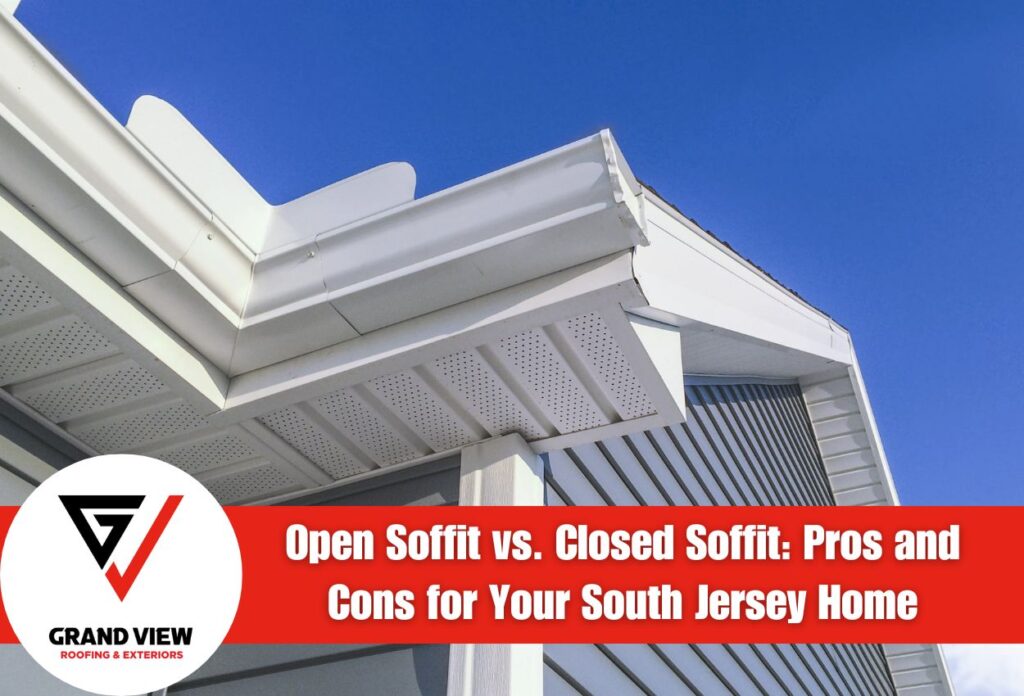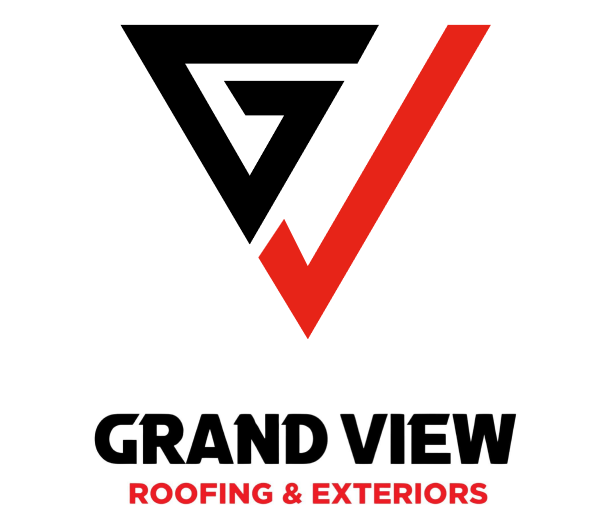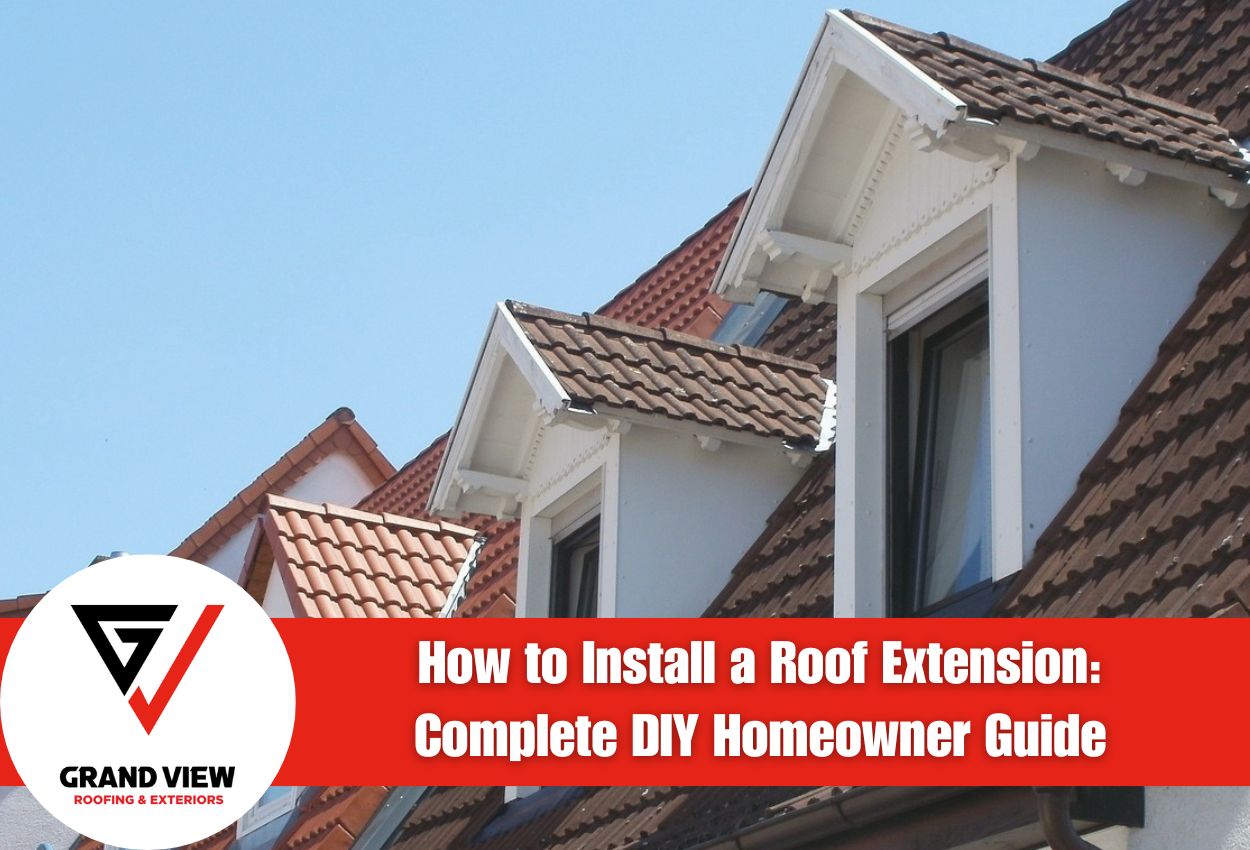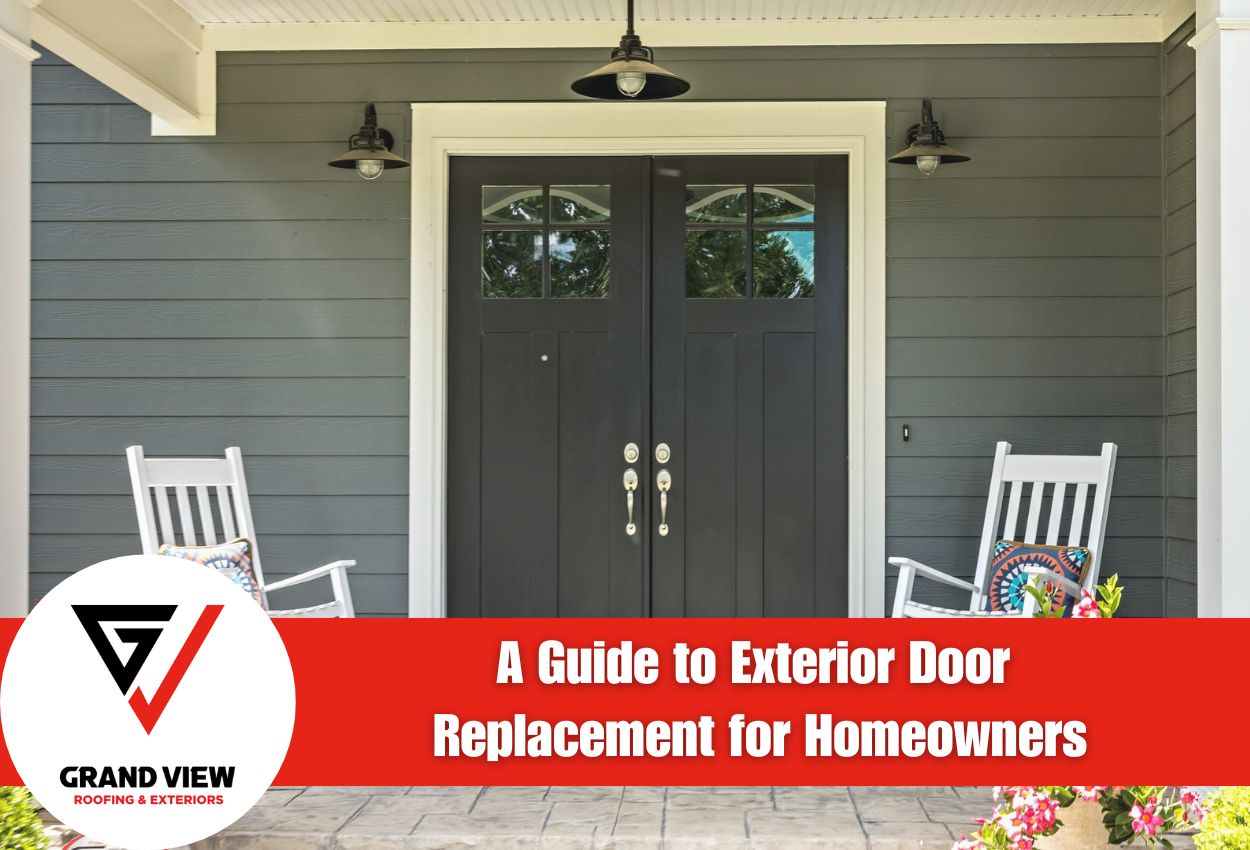Open Soffit vs. Closed Soffit: Pros and Cons for Your South Jersey Home

When it comes to protecting your home from the elements, the decisions you make about roofing components can have significant long-term impacts. Among these crucial choices is whether to install open or closed soffits — a seemingly minor detail that actually plays a major role in your home’s ventilation, energy efficiency, and structural integrity. Soffits, the exposed surface beneath the overhanging section of your roof eave, have both functional and aesthetic purposes.
For South Jersey homeowners, this decision carries additional weight due to the region’s unique climate conditions. With humid summers and cold winters, the right soffit system can help manage moisture levels, prevent ice dams, and maintain comfortable indoor temperatures year-round. Ventilated eave systems function differently from their non-ventilated counterparts, offering advantages and potential drawbacks depending on your specific situation.
Understanding the durability differences between enclosed vs. exposed soffit systems can save you from expensive repairs down the road. Each design option impacts not only how your home’s exterior looks but also how it performs under various weather conditions. Before making this important decision, it’s essential to understand how these different soffit solutions might benefit your home.
Understanding Soffit Basics: Ventilation and Structure
Soffits are the finished undersides of your roof’s overhang where the roof extends beyond the exterior walls. Located at the eaves of your home, these components serve dual functions: protecting the roof structure from weather exposure and providing essential ventilation to your attic space. In South Jersey homes, properly functioning soffits prevent moisture buildup that can lead to mold, rot, and insulation damage.
Open (ventilated) soffits feature small perforations or vents that allow air to circulate through your attic. This continuous airflow helps regulate temperature, reduce humidity, and prevent ice dams during South Jersey winters. The ventilation creates a pathway for fresh air to enter the attic, which then exits through ridge or box vents, establishing a complete ventilation system.
Closed (non-ventilated or enclosed) soffits, by contrast, are solid panels without perforations. While they offer a cleaner appearance and better protection against pest intrusion, they don’t provide natural airflow. Homes with closed soffits typically require alternative ventilation solutions to prevent moisture-related issues.
The distinction between ventilated and non-ventilated soffits matters significantly for your roof’s longevity. Without proper ventilation, attic temperatures can soar above 150 degrees Fahrenheit in summer, prematurely aging roofing materials and potentially voiding manufacturer warranties. Understanding these differences helps homeowners choose the soffit system that best suits their specific roofing needs.
Open Soffit Advantages: Airflow and Moisture Control
Open soffits provide one of the most effective solutions for attic ventilation in South Jersey homes. These ventilated systems allow continuous airflow between the outdoors and your attic space, creating a natural path for cool air to enter the attic space. During South Jersey’s sweltering summers, this ventilation prevents excessive heat buildup that can otherwise radiate into living spaces, forcing air conditioning systems to run more consistently and consume more energy.
The moisture control benefits of open soffits cannot be overstated. By promoting consistent air movement, ventilated eaves help eliminate the damp conditions that lead to mold growth, wood rot, and deterioration of insulation materials. This is particularly important in South Jersey’s climate, where humidity levels frequently rise during summer. Open soffit systems work alongside ridge vents to create a complete ventilation cycle: cool air enters through soffit vents and exits through the roof peak after absorbing heat and moisture.
In addition to preserving structural integrity, open soffits contribute significantly to energy efficiency. Proper attic ventilation can reduce cooling costs by preventing heat accumulation in the attic space. Additionally, these ventilated eave designs help maintain more consistent indoor temperatures year-round, improving overall comfort while reducing the strain on HVAC systems. For most residential homes in our region, the ventilation benefits of open soffit designs outweigh the minimal additional maintenance they may require.
Closed Soffit Benefits: Protection and Curb Appeal
Closed soffits offer South Jersey homeowners exceptional protection against the region’s sometimes severe weather. These solid, non-ventilated eave systems create an effective barrier that prevents pests like birds, bats, squirrels, and insects from nesting in your roof’s structure. For homes near the Jersey Shore, this sealed design also blocks windblown sand, salt spray, and debris that can accumulate in open soffit systems over time, potentially causing damage and requiring more frequent cleaning.
Weather resistance is another significant advantage of closed soffits. During severe coastal storms that frequently impact our region, these sealed systems provide superior protection against wind-driven rain that might otherwise penetrate open soffit vents and cause attic moisture problems. The solid construction also stands up better to the freeze-thaw cycles common in South Jersey winters, often resulting in greater durability compared to their ventilated counterparts.
From an aesthetic perspective, closed soffits deliver a clean, finished appearance that many homeowners prefer. The smooth, uninterrupted surface creates a polished look that enhances architectural details and contributes significantly to curb appeal. Available in various materials, including vinyl, aluminum, and fiber cement, enclosed soffit systems can be customized to complement your home’s exterior color scheme and design elements. For many residential homes in our service area, this combination of enhanced protection and refined appearance makes closed soffits an attractive option despite the need for alternative ventilation solutions.
Durability Comparison: Maintenance and Lifespan Expectations
The longevity of your soffit system largely depends on the material chosen and whether you opt for an open or closed design. In South Jersey, vinyl soffits offer excellent moisture resistance and require minimal maintenance, typically lasting 20 to 30 years before showing signs of wear. Aluminum provides superior durability against salt exposure for coastal homes, resisting corrosion while maintaining its integrity for 30 years with proper care.
Wood soffits, while aesthetically pleasing, need regular maintenance in our humid environment. Without proper sealing and periodic repainting every few years, wood soffits can deteriorate rapidly from moisture exposure. Fiber cement offers an excellent middle ground, providing a wood-like appearance with significantly enhanced durability and typical lifespans exceeding 25 years even in South Jersey’s challenging conditions.
Open soffit systems generally require more frequent cleaning to prevent debris buildup in ventilation holes, particularly for homes surrounded by trees. Their ventilation benefits, however, often translate to extended roof life by preventing moisture damage. Closed soffits require less routine maintenance but may contribute to attic moisture issues if alternative ventilation isn’t installed. Homeowners should consider the trade-off between maintenance requirements and ventilation benefits when selecting the right soffit system for their South Jersey home.
Installation Considerations for South Jersey Homes
Installing either open or closed soffit systems in South Jersey homes involves several important structural considerations. Open soffit installations typically require proper framing to support ventilation channels and must comply with local building codes that mandate specific amounts of ventilation per square foot of attic space. Closed soffit systems, though seemingly simpler, must be installed with alternative ventilation solutions to prevent moisture accumulation and potential structural damage.
The architectural style of your South Jersey home significantly impacts installation complexity. Colonial and Victorian homes common in older South Jersey neighborhoods often have complex eave structures that benefit from custom soffit solutions. Meanwhile, newer construction can be designed specifically to accommodate either system from the outset, reducing installation challenges and optimizing performance.
Retrofitting existing soffits can be challenging, particularly in older South Jersey homes. Converting from closed to open systems typically requires removing old soffits and installing perforated panels with proper screens, while ensuring structural integrity isn’t compromised. Homes built before 1980 may have insufficient roof overhangs for modern ventilated eave designs, sometimes necessitating structural modifications to achieve proper airflow. Conversely, transitioning from open to closed systems requires sealing existing ventilation pathways while implementing alternative attic ventilation methods.
For the most successful installation, South Jersey homeowners should consult with experienced roofing professionals who understand regional building requirements and the specific ventilation needs of homes in our climate zone. This ensures your soffit system properly balances ventilation, durability, and aesthetic considerations while complying with all local regulations.
Making Your Decision: Balancing Ventilation Needs with Home Protection
When deciding between open and closed soffits for your South Jersey home, consider your property’s specific characteristics first. Start by evaluating your home’s design — steeper roofs with larger attic spaces typically benefit more from open soffits due to increased ventilation requirements. Meanwhile, homes with minimal attic space or those designed with alternative ventilation systems might function well with closed soffits.
South Jersey’s climate should also influence your decision. Our hot, humid summers demand effective moisture control, while winter weather patterns can create ice dams without proper ventilation. Take inventory of existing ventilation systems in your home, including ridge vents, gable vents, or mechanical attic fans, as these work in conjunction with soffit ventilation to create effective airflow.
Many homeowners find that hybrid solutions offer the best compromise. This might include installing ventilated soffits on portions of the home where moisture control is most critical, while using closed soffits in areas more susceptible to pest entry or wind-driven rain. For homes near water or heavily wooded areas, consider using closed soffits with additional roof vents to balance protection with necessary ventilation.
Overall, the right choice depends on your home’s specific needs and your priorities as a homeowner. Working with an experienced South Jersey roofing contractor can help you assess these factors and implement a soffit system that provides the optimal balance of ventilation, protection, and aesthetic appeal.
Professional Soffit Services for South Jersey with Grand View Roofing & Exteriors
Making the right choice between open and closed soffits for your home is crucial, especially in South Jersey. Whether you prioritize ventilation to combat moisture and reduce cooling costs or seek protection against pests and harsh weather, Grand View Roofing & Exteriors can guide you through the pros and cons of each soffit type. Our expert team understands the importance of balancing your home’s ventilation needs with protective measures to ensure long-term durability and curb appeal.
Don’t compromise on the health of your home. Call Grand View Roofing & Exteriors today at (856) 305-9883 to learn more about your soffit options and choose the perfect solution for your home.





 Call Us Today - (856) 305-9883
Call Us Today - (856) 305-9883 



